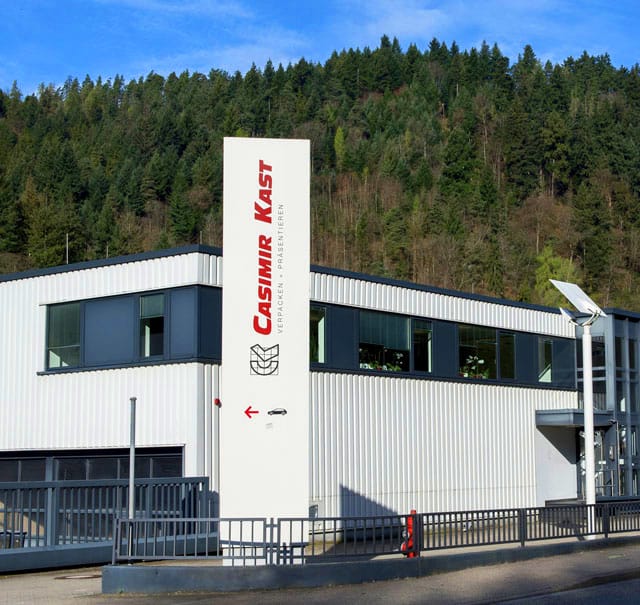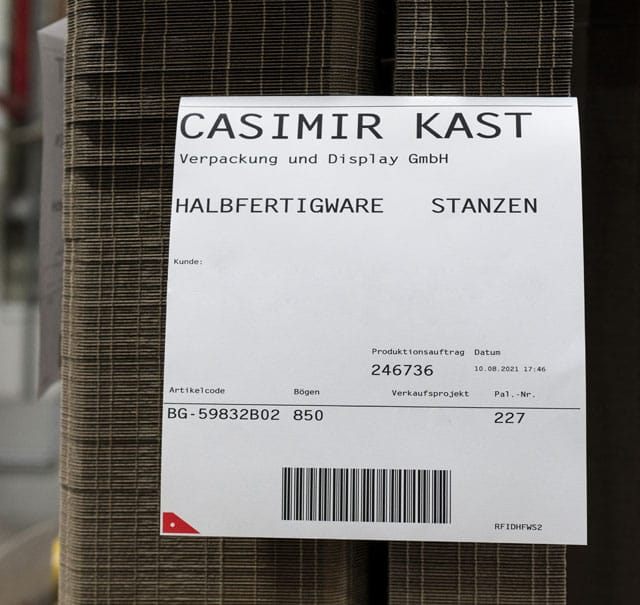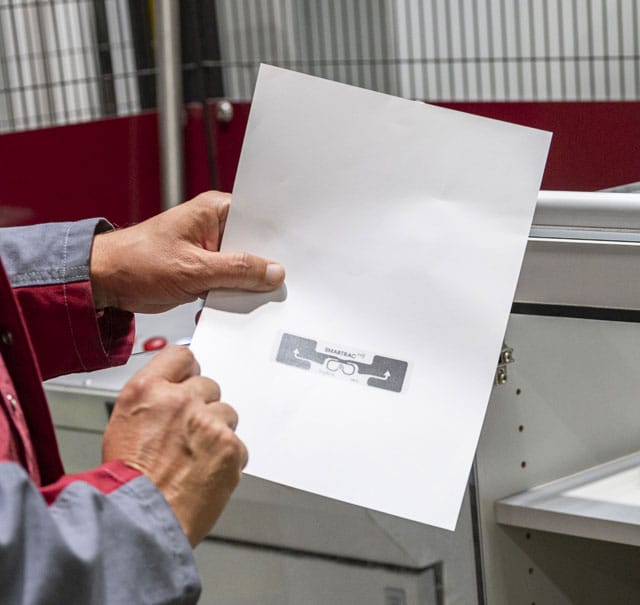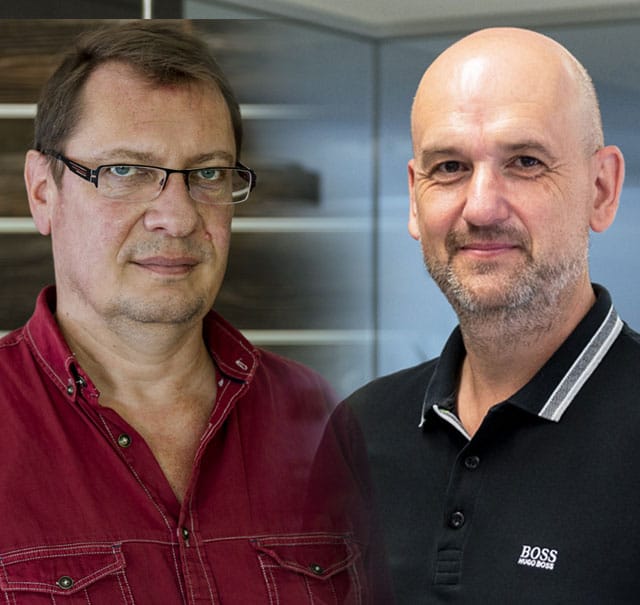Automated Intralogistics in Packaging Production
Interview: RFID in Packaging Production
RFID in Packaging Production
The company Casimir Kast laid the foundation for its automated intralogistics in 2007 with an RFID-controlled system, and the use of RFID is also to be expanded in the future.

Christoph Krieg
Christoph Krieg, Development IT, has been with Casimir Kast since 1995 and was jointly responsible for the initial introduction of RFID in the company in 2007.
1. Why did Casimir Kast decide to use RFID in 2007?
Christoph Krieg: In 2007, we carried out a project to convert a warehouse into a production hall. The biggest challenge for the planned internal logistics was that the pallet flags, which we use for identification, are located behind a film.
The use of barcodes, read out via the old laser technology, would have jeopardized process reliability, as the foil makes correct identification difficult. For this reason, the decision was made to use RFID.
2. What challenges did you have to overcome in RFID integration?
Christoph Krieg: In a certain way, it was pioneering work that we did. In 2007, everyone was talking about RFID at Cebit, but not everyone dared to use the technology. That's why it was bold of the company and the management to take this step at that time.
The integration of the RFID readers into our system and the programming were a particular challenge. However, we mastered this challenge well and our expectations regarding process optimization have been fully met. It is not without reason that this application has been in continuous use since 2007.
Matthias Falk joined Casimir Kast and was appointed Head of IT in 2017 and continues the the RFID-Expansion together with Christoph Krieg today.
3. To what extent are there plans to further expand the use of RFID?
Matthias Falk: This year, we will once again expand our production capacities, with a further seven to eight RFID stations to be deployed. Looking ahead to 2023, the first AGV system will be operating in this area. This will serve the transfer points between two halls, where the pallets are transferred from one production hall to another.
4. What are the advantages of using RFID?
Matthias Falk: Thanks to RFID, we are able to control internal processes without employee intervention. As a result, we have achieved a very high degree of automation in internal logistics, right through to shipping to our freight carrier partners. RFID technology also improves our ability to deliver error-free.
In terms of our delivery times, we are very flexible, which means we can also plan and meet short-term delivery deadlines. The increased process reliability through the use of RFID is an enormous advantage here.

Matthias Falk
5. Are there any other considerations as to how RFID could be used in the packaging industry in the future? For example, with regard to the relationship with customers?
Christoph Krieg: This is currently difficult because our code is in the RFID tag and this has no direct benefit for the customer. To be able to include our customers here, they would need more information. Only then might it be feasible and make sense. For instance, we could store the customer's respective NVE Number in a separate memory area on the chip.
There were more concrete considerations on the question of whether an RFID chip could possibly be attached in the corrugated board production and laminating process, on the reverse side of the cover board. This could bring advantages, for example. Since Casimir Kast specializes in high-quality packaging for the food industry and for the consumer goods industry, we could possibly also offer customers a product security system in this way.
Furthermore, there are considerations to integrate RFID chips into the printing ink. That an RFID tag will be integrated into the printed image of the packaging in this way, so to speak. However, I'm not so sure about that. Personally, I think the application within the laminating process makes much more sense. Nothing has been implemented yet in this regard.





